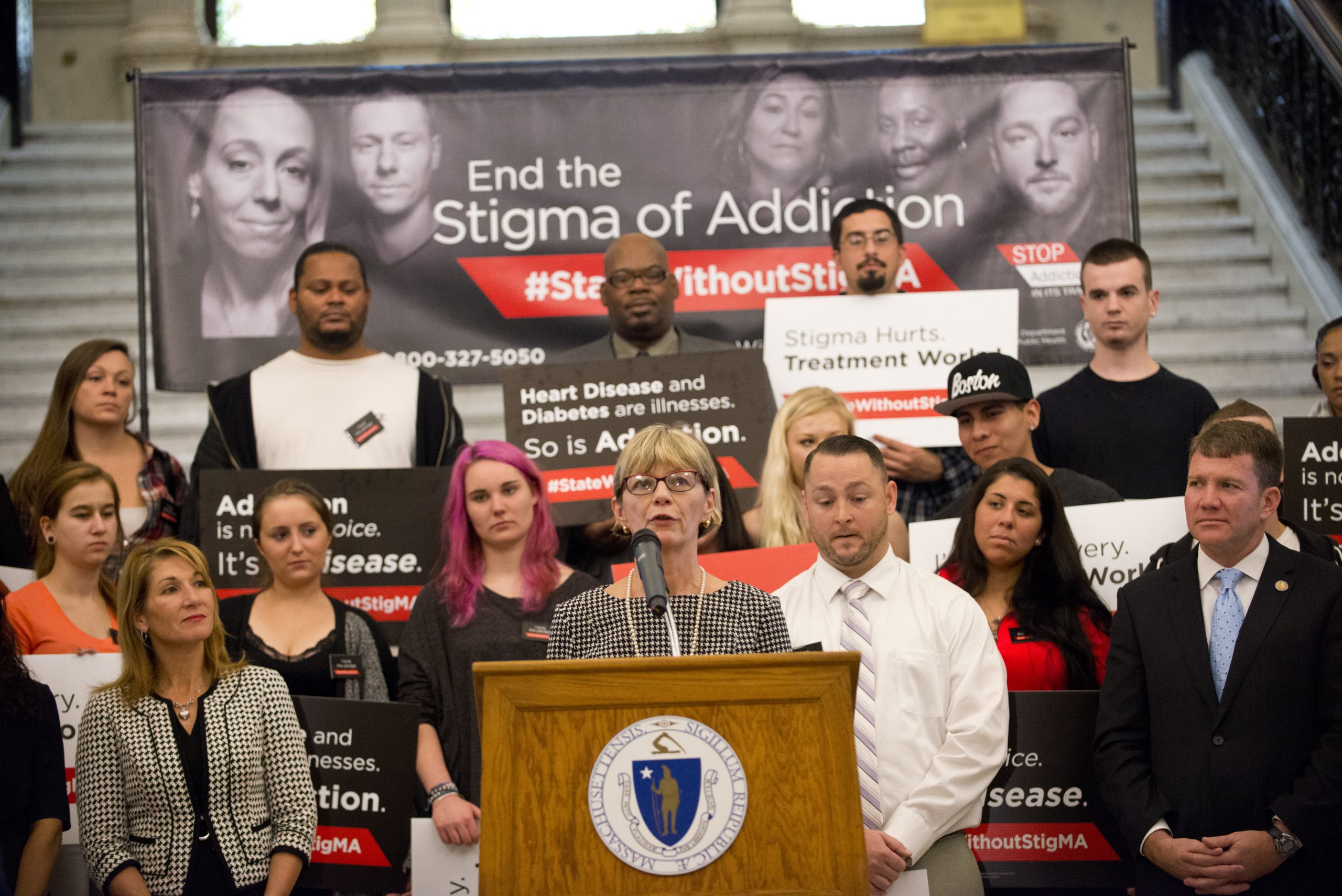8.5 Implications of Stigmatizing Drug Policy
Public stigma persists in part because of structural stigma in the form of laws, regulations, and policies that endorse prejudice and discrimination against PWUS (Committee on the Science of Changing Behavioral Health Social Norm et al., 2016). Laws and policies resulting from the war on drugs, for instance, are one of the ways drug-related stigma is perpetuated in society (Transforming Drug Policy Foundation, 2015) (See Chapter on Drug Prohibition/Criminalization & the War on Drugs). The war on drugs has created harsh laws that criminalize psychoactive substances use, treating PWUS and people experiencing SUDs as deviant and criminal, while also reinforcing negative perceptions of people who use illegal substances (Transforming Drug Policy Foundation, 2015).
Prohibitionist policies also make it difficult for people experiencing SUDs to enter treatment and/or access medical assistance. Criminalization policies often prohibit or place restrictions on harm reduction interventions and other public health approaches to substance use treatment (See Chapter on Harm Reduction). An example of this is the National Drug Strategy (2007), that removed harm reduction as a pillar of the Canadian Drugs and Substances Strategy (Owusu-Bempah & Luscombe, 2021) (See Chapter on Contemporary Canadian Drug Policies).

VIDEO: Health and Harm Reduction: Rethinking Conventional Drug Use and Policy
The following video challenges us to rethink contemporary drug policies that stigmatize people who use drugs and offers solutions in line with a harm reduction model of intervention.

